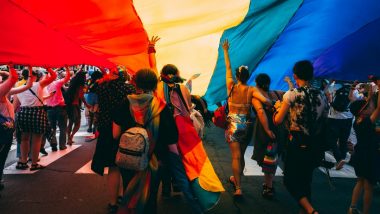It’s June, and the rainbow dust is everywhere. Corporations have rainbowed their logos, and social media and dating platforms have largely shifted their focus to Pride. But if it’s all for a month, have we really evolved the way we think we have? While the symbolism of isn’t lost, it’s essential to realise that Pride doesn’t function within the confines of a space, a specific time.
It is as much the product of the inner workings of an individual as it is of society as a whole. Being an LGBTQ+ ally on and beyond is a significant and needed step towards a better world. celebrating and commemorating those who identify as LGBTQ+ community members, as well as their supporters and allies.

The first Pride march was held in New York City on June 28, 1970, to mark the one-year anniversary of Stonewall Uprising, a tipping point for the Gay Liberation Movement in the United States. It took 30 years for to become official, in a 1999 proclamation from former US President Bill Clinton. Pride parades in India are vibrant affairs.
Many people gather to express themselves and also offer support to the queer community. But the first pride march that was held in India was comparatively subdued yet impactful. It was on July 2, 1999, when Pawan Dhall, a Kolkata-based queer activist, along with 15 marchers (none of them women) participated in what was later called the first Pride Walk in the country.
In 1999, homosexuality was still criminalised in the country and the marchers went for a.
















